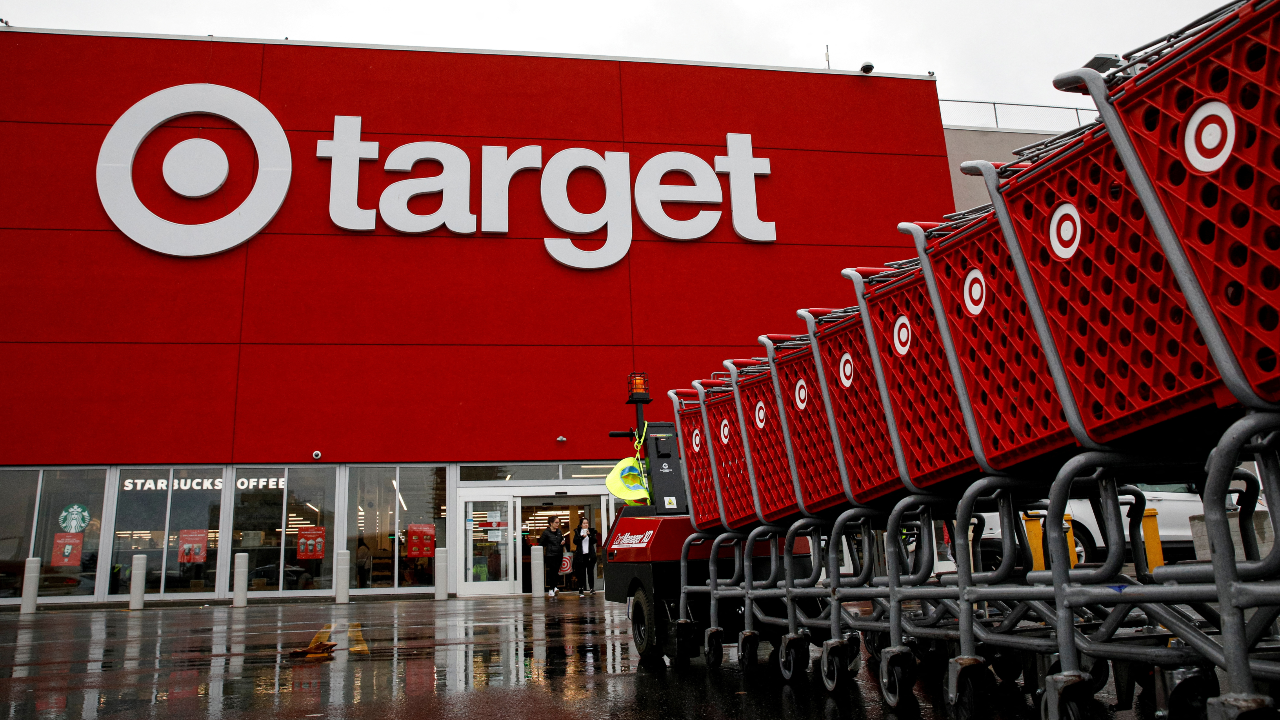
The warning signs were there — then, overnight, everything changed. On October 23, 2025, Target dropped a bombshell: its largest corporate shake-up in a decade. Nearly 1,800 positions disappeared — 1,000 through layoffs and 800 by closing unfilled roles — a move that hit its Minneapolis headquarters hardest, wiping out about 8% of its global corporate team.
According to the Associated Press, Target called it a step to “streamline operations.” But inside the company’s glass towers, the mood feels different — quieter, uncertain, and charged with the sense that this is only the beginning.
New CEO Takes the Helm Amid Major Changes

Incoming CEO Michael Fiddelke, formerly Target’s Chief Operating Officer, said the restructuring is meant to “reduce complexity and empower decision-making.” As CNBC reported, the company denied the move was driven by short-term profits, though sales have softened this year.
Target’s Q2 2025 report showed comparable sales down 1.9% and net income 21% lower — August figures set the tone for the company’s current transformation.
Employees Told to Wait for the News

Employees were instructed to work remotely until October 28 as leaders finalized who would stay and who would go. According to Bring Me The News, the five-day wait has been emotionally taxing for many.
“It’s hard working when you don’t know if you’ll still have a job by next week,” one staffer said. The uncertainty highlighted how quickly stability can vanish, even at one of America’s most recognizable employers.
Minneapolis Headquarters Feels the Shock

Target’s downtown Minneapolis headquarters, long a symbol of stability, has grown quieter this week. While the company hasn’t commented on in-office attendance, employees told the Star Tribune that the mood has been subdued.
Target employs roughly 10,000 people in the Twin Cities, making it one of Minnesota’s largest private employers. Economists say any disruption there can echo far beyond the red-branded towers of Nicollet Mall.
Economic Ripples Across the Twin Cities

Economists told Minnesota Public Radio that the ripple effects of Target’s layoffs will likely reach advertising firms, design studios, and local suppliers that rely on corporate contracts. The company’s economic footprint in Minneapolis is vast, and sudden cuts can reverberate through entire neighborhoods.
While the full impact remains unclear, many see the restructuring as a wake-up call for the city’s interconnected business ecosystem.
Stores and Distribution Teams Unaffected

According to Target spokesperson Brian Harper-Tibaldo, store associates and warehouse employees “remain vital to our operations and are not impacted by these changes.” The restructuring focuses primarily on corporate departments like merchandising and finance.
As Reuters noted, retail giants are increasingly drawing sharper lines between frontline teams and office operations, reflecting a broader shift toward keeping stores fully staffed while slimming down headquarters.
A Retail Industry in Transition

Target’s move mirrors a broader industry trend. Walmart, Best Buy, and other major retailers have restructured their corporate ranks in 2025 to adapt to slower sales and tighter margins, according to Bloomberg.
Retail analysts say companies are seeking agility amid unpredictable consumer behavior. As one expert told the Wall Street Journal, “We’re entering an era where retail success depends on how fast you can evolve.”
Competitors Hold Their Ground
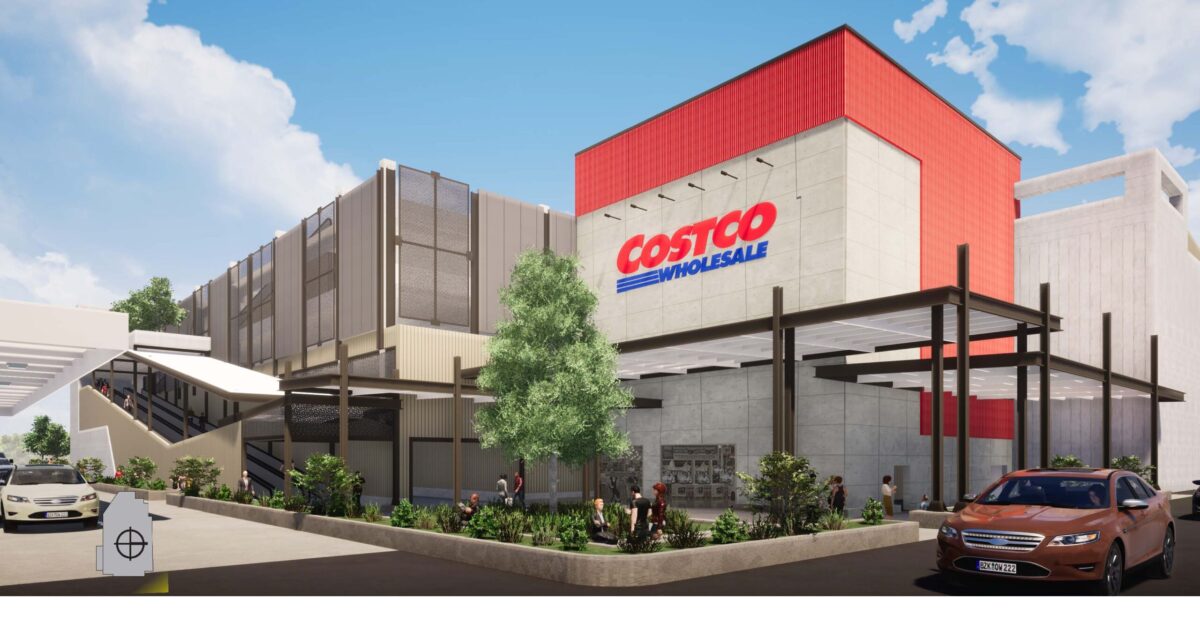
As Target restructures, rivals like Amazon and Costco continue to post steady growth. CNBC reports Amazon’s retail segment delivered double-digit revenue gains this quarter, even as inflation pressured consumers. Costco also beat analyst expectations with an 8% rise in sales, according to CNBC.
Retail analyst Jessica Ramirez told Yahoo Finance that Target must balance cost-cutting with continued innovation to remain competitive.
Suppliers Watching Closely

Vendors who depend on Target for contracts are monitoring the situation carefully. As the Minneapolis/St. Paul Business Journal reported that supplier uncertainty often follows major corporate restructurings. Many say they await guidance on how purchasing and product development teams will be reorganized.
For now, the tone is cautious optimism — most expect business to continue but anticipate slower timelines and tighter budgets during the transition.
Earlier Struggles Set the Stage

Target’s Q2 2025 earnings, released in August, showed comparable sales down 1.9% and profits falling 21%, as the Associated Press confirmed. Executives blamed cautious consumers and rising costs. According to MarketWatch, those pressures likely accelerated Target’s push to simplify its structure before the holiday season.
For many observers, the layoffs are less surprising than a necessary realignment after months of internal review.
A Decade Since the Last Big Reset

Target’s last major corporate restructuring came in 2015, when roughly 1,700 corporate roles were cut. As CNBC recalled, that round also focused on streamlining and modernizing operations. Ten years later, the company faces a familiar challenge — staying agile without losing its people-first culture.
This time, the stakes are higher, with inflation, e-commerce, and shifting shopper habits reshaping retail faster than ever.
Human Impact Behind the Headlines

Behind every layoff statistic is a person. “It’s been a mix of grief and disbelief,” one employee told Bring Me The News, describing the aftermath of Target’s announcement. Those affected will receive severance pay and benefits through January 2026.
According to Fox 9, some workers are already searching for new roles while others take time to process what’s next. For many, it feels like the end of an era.
Mental Health Support in Focus

Mental health experts say large-scale layoffs often spark stress and identity loss among employees. According to the American Psychological Association, job insecurity can heighten anxiety and depression, particularly in tightly knit corporate cultures.
While there has been no confirmed surge in counseling requests in Minneapolis yet, local career coaches told MPR they’re preparing for increased demand as more workers seek guidance and emotional support.
Ripple Effects Beyond Retail

Industry observers told Reuters that Target’s decision could have secondary effects across creative industries — particularly in marketing, technology, and design. These sectors often rely on corporate partnerships for steady revenue.
While the extent remains uncertain, analysts say the cuts signal a broader tightening across the retail-adjacent economy. The question, they note, is how long it will take for those ripples to reach smaller firms.
Culture and DEI Efforts Under Review
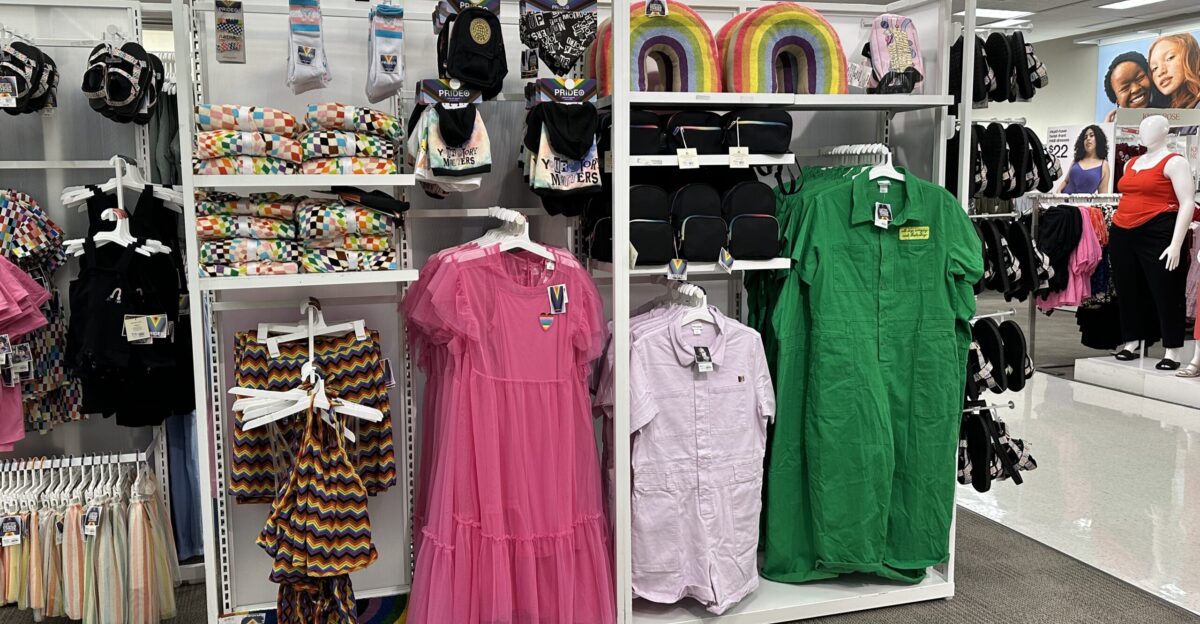
According to the Wall Street Journal, Target has scaled back some diversity, equity, and inclusion programs following the 2023 Pride merchandise controversy. HR experts note that such initiatives are often reduced during cost-cutting or restructuring cycles.
Whether this represents a lasting cultural shift or a temporary adjustment to new leadership priorities remains to be seen, but employees say it has sparked tough conversations internally.
Job Market Absorbs New Talent
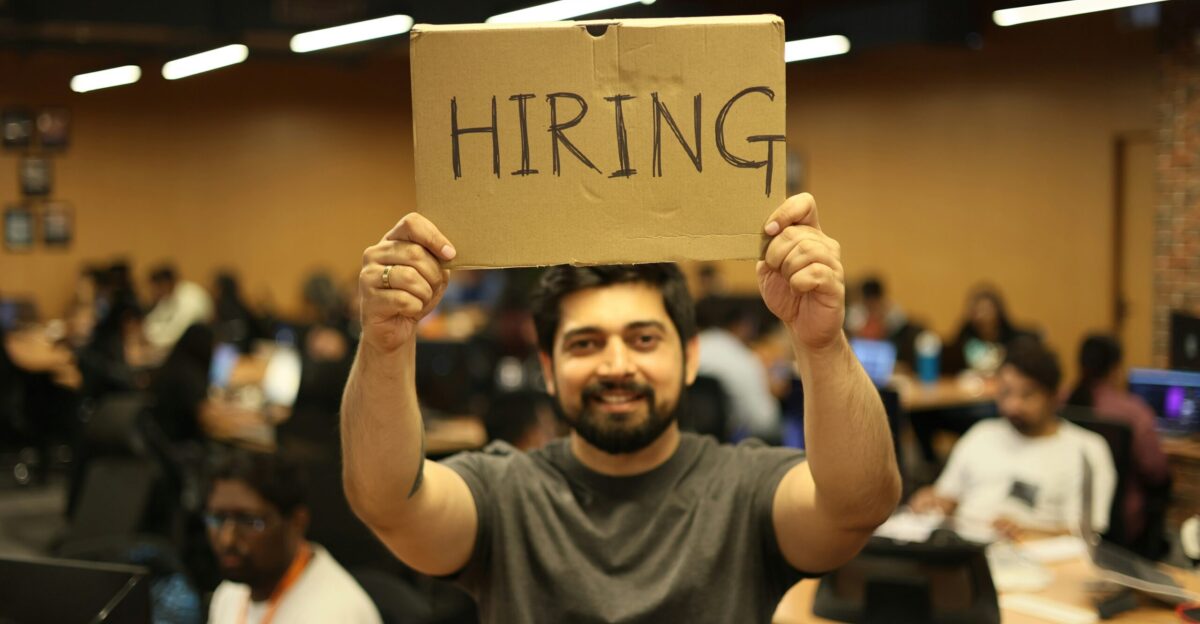
Recruiters in Minneapolis told the Star Tribune that displaced Target professionals are already being contacted for new opportunities. Many bring valuable experience in logistics, marketing, and data analytics — skills highly sought after across industries.
“These are talented people who will land on their feet,” said one local recruiter. Even so, experts warn that the transition period could take months as companies absorb the sudden talent influx.
Wall Street Reacts Cautiously
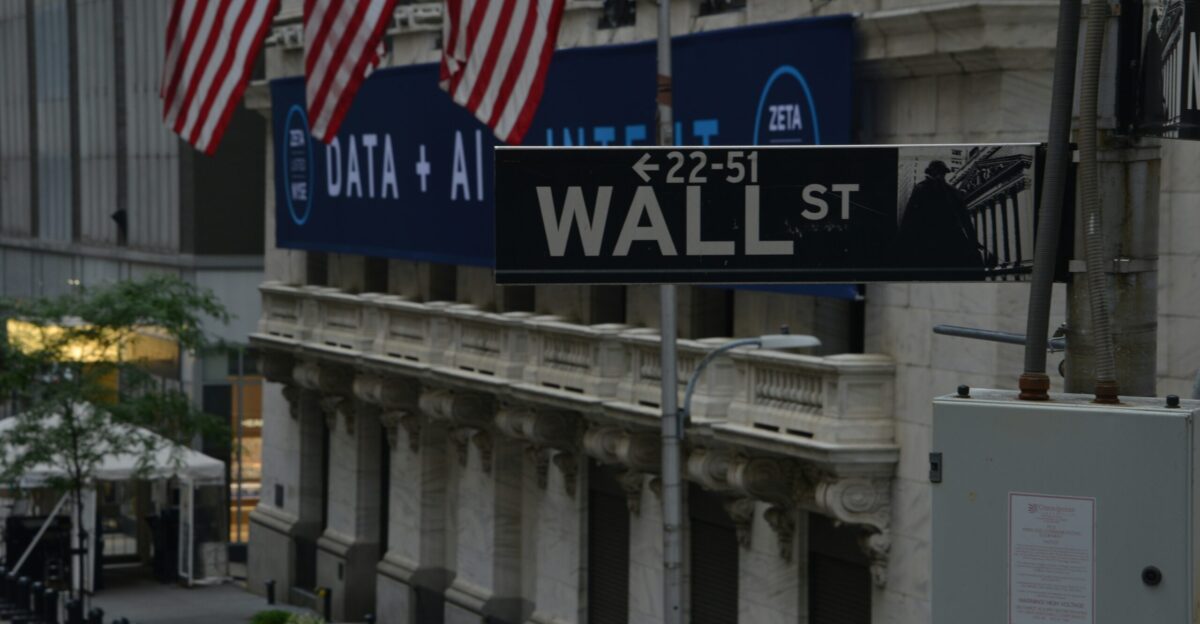
Target’s stock rose slightly after the restructuring announcement. According to Bloomberg, investors interpreted the move as a sign of discipline. However, analysts remain divided on the long-term impact.
Some view the cuts as a necessary evolution; others worry they may strain morale and innovation. One strategist told CNBC, “This is a calculated risk — it could be the reset they need or a warning sign.”
What It Means for Shoppers
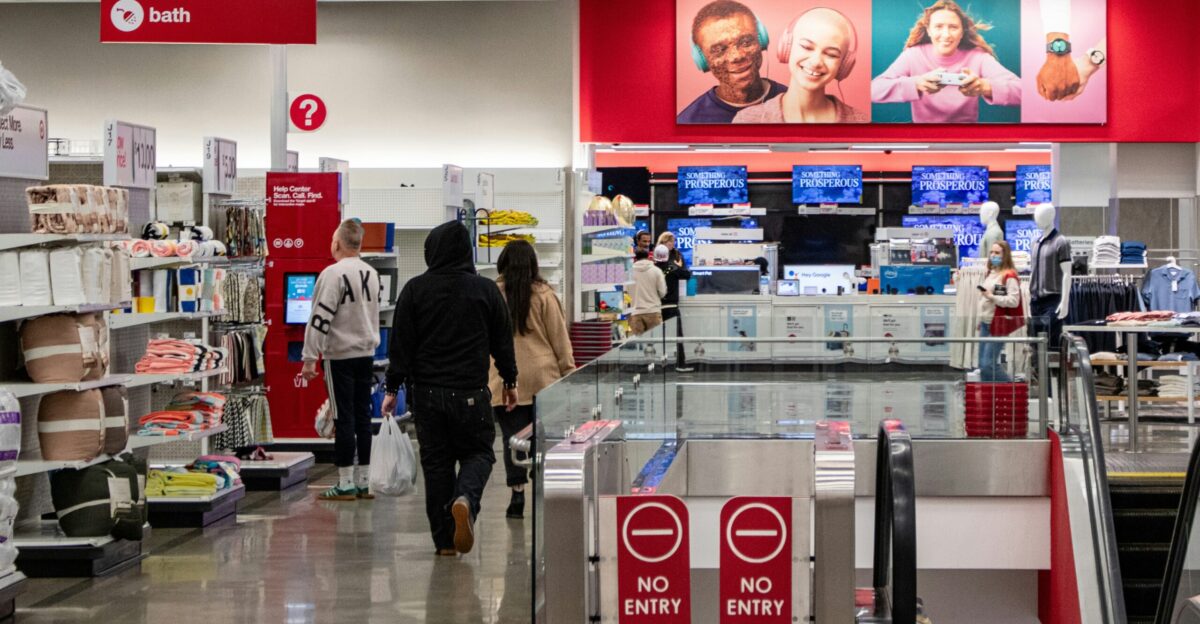
Target insists shoppers won’t notice any difference in stores or online. A company spokesperson told USA Today that there are “no plans to reduce store staffing or digital services.” Still, insiders told Reuters the brand may take a more conservative approach to marketing and collaborations in the short term.
Customers can expect stability — even as the company retools behind the scenes.
New CEO Faces a Defining Test
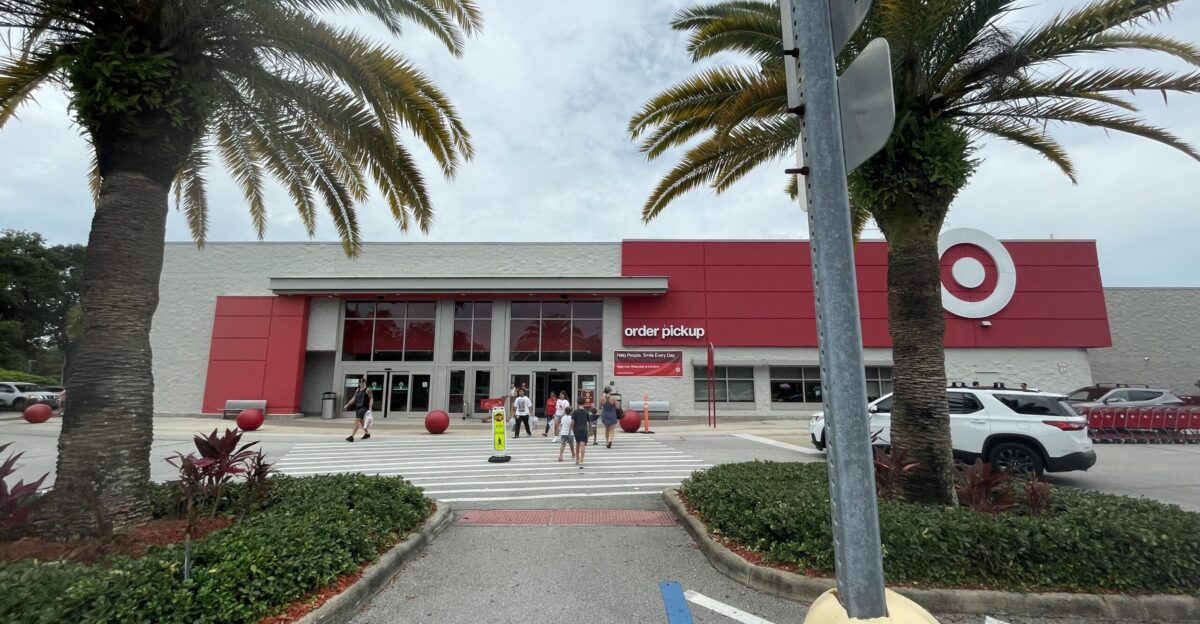
These cuts mark Michael Fiddelke’s first major challenge as CEO. According to CNBC, he’s positioning Target to move faster, think smaller, and act smarter.
The company has weathered many retail storms — from e-commerce disruption to pandemic-era shifts — but the coming months will test whether a leaner Target can stay creative while satisfying both investors and shoppers.
A Company Rewriting Its Story

Target’s transformation is more than a personnel change; it’s a cultural reset. As Bring Me The News observed, employees describe this as both an ending and a beginning — a moment reshaping how the company defines community and purpose.
Across Minneapolis, hope mingles with uncertainty. Whether this reset becomes Target’s next great comeback will depend on how the story unfolds from here.